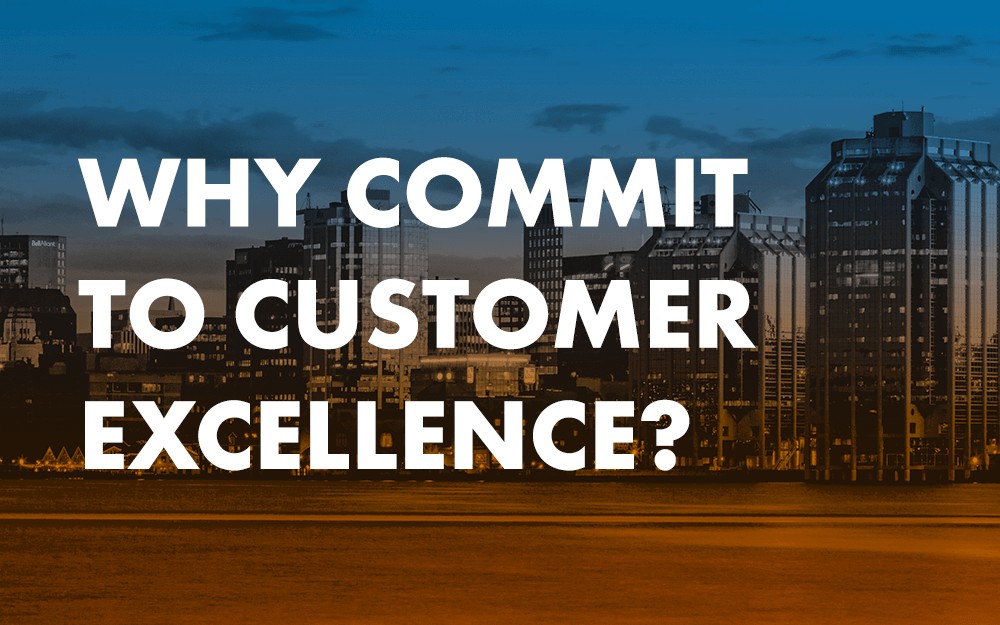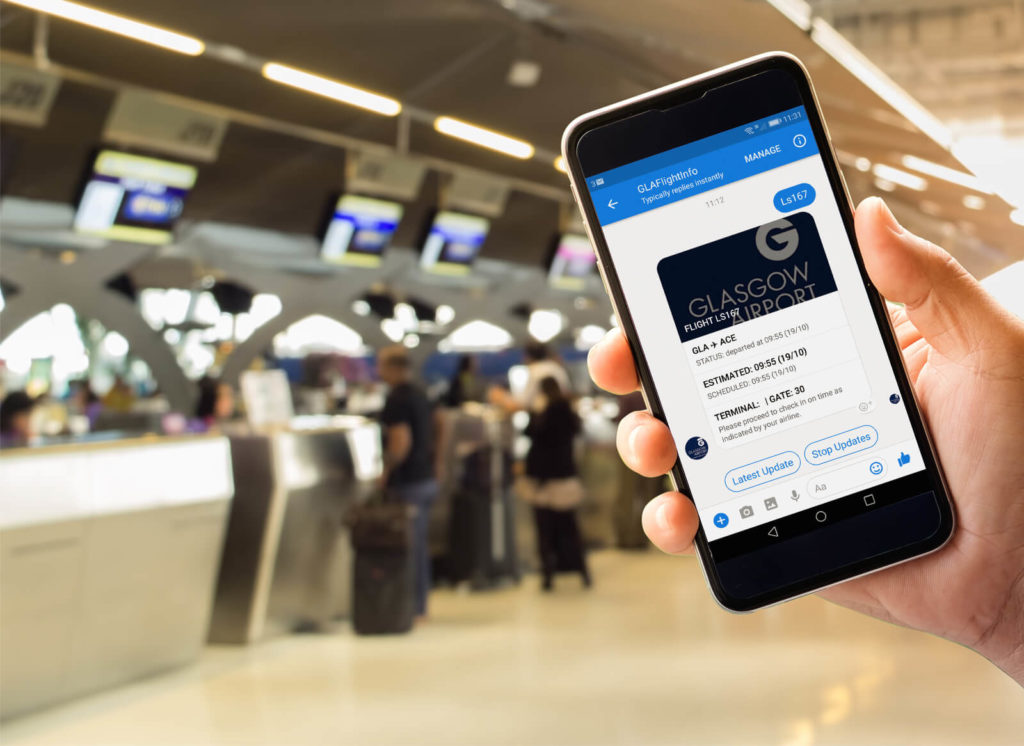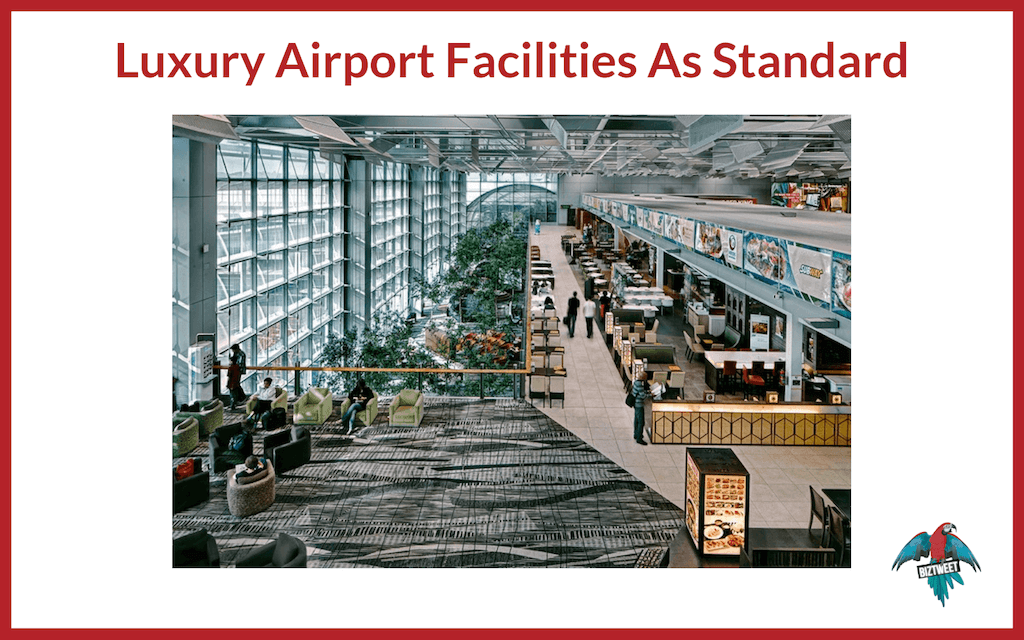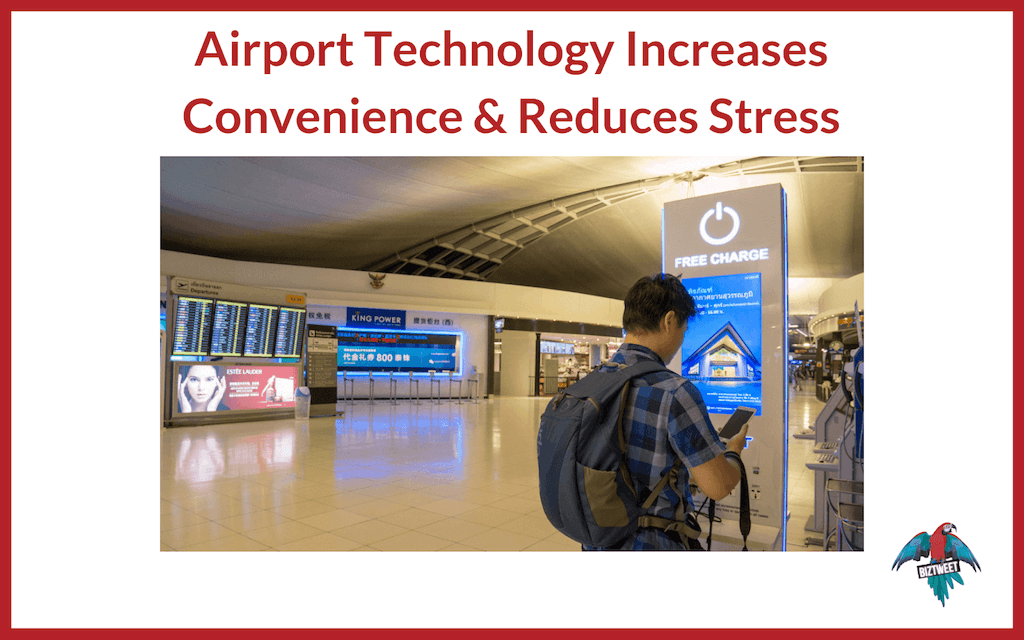
Passengers today expect more from airports than they used to. Long queues, dirty facilities and lack of convenient, affordable commercial services are no longer considered an acceptable airport experience.
Stress and inconvenience used to be considered an expected and tolerated part of air travel, but not anymore. Today’s passengers expect excellence as standard, and the expectations are always rising.
Airports have to be flexible in the way they operate in order to meet the evolving passenger experience. It’s that, or get left behind.
In this article we’re looking at why passengers today expect excellence, to help give insight into how your airport can evolve and stay ahead of the curve.

Meeting passenger demand with automated flight updates
Keeping passengers informed
One of the key factors which influences passenger expectations is availability and delivery of information. Your passengers expect to be kept informed during their time at your airport. They want the communications to be timely, convenient and most importantly delivered to them via the medium of their choice.
What they don’t want is to be patiently waiting for their flight—maybe dealing with kids and making sure all the luggage is all kept together—only to find that the gate changed half an hour ago and no one told them about it.
Previously, the expectation would be on the passenger to keep an eye on the departure information boards and ask at the information desk if they have questions. Not anymore.
Why is this changing? Simply because passengers are used to constant, real time updates in all areas of their life. For example, concrete meeting arrangements are becoming flexible negotiations. Often, a “meeting at 3pm in the town center” morphs into “give me 15 minutes, you head to the Starbucks first and I’ll see you there”.
This is just how people interact now. We live in a “real time updates” culture, and passengers expect the same treatment in your airport.
The good news is that technological advancements are helping airports establish these personal, real time connections with passengers. Many airports are now use automated services to send messages in real time to passengers via the social platform of the passenger’s choice.
This can be used to keep passengers up to date with real-time flight notifications, including gate changes, delays and other important information. This reduces the risk of missing flights and provides peace of mind for passengers, knowing that they will kept informed without having to proactively check themselves.
The bottom line is that research shows informed passengers are happier passengers. They’re also much more likely to spend more money in the terminals according to a 2010 study by JD Power and Associates.
So, if you want to increase passenger happiness while adding to your revenue, ensuring passengers are kept up to date via messaging automation is a must.

Competition to offer luxury facilities
Another factor that keeps raising the standard of passenger expectations is competition between airports to offer a more luxury service, even for budget passengers. Over the last 5 years in particular—largely driven by progress in Middle Eastern airports—airports have been pushing to provide lavish facilities to increase the revenue they were missing out on in the air[i].
China is a perfect example of this, with over 180 new airports in planning or already under development in order to meet the needs of their rapidly growing and ever-more affluent middle-class. Due to their low cost of labour and abundant natural resources, they are able to create high class facilities similar to those at the famous Hamad International Airport at a fraction of the cost.
The point being, the more airports around the world that are offering luxury facilities to regular travellers, the higher the expectation will be when those passengers touch down in your airport.
To give some specifics of exactly what they are expecting, the Hamad International Airport hit the news back in 2014 when it committed to “innovative solutions to improve security and passenger experience”[ii]. The airport features five different Fast Travel options, including self-boarding, Bags-Ready-To-Go and baggage recovery. It also utilises Smart Security technology, a joint project between The International Air Transport Association (IATA) and the Airports Council International (ACI).
The example set by airports like this has forced other airports around the world to improve their own facilities, or risk providing a comparatively poor experience. To further turn up the pressure, passengers are increasingly aware they have the flexibility to choose which route they take. Price comparison sites and apps make it easy to shop around, and airports with good reputations are more likely to be used as layover airports, or for flying directly in and out of a country.
Improve your facilities and customer experience, receive better reviews and increase your chances of passengers flowing through your airport.

The role of technology in future proofing your airport
As well as being kept informed and comfortable, passengers also expect airports to push the boundaries when it comes to technology and convenience.
There are many standards that most major airports around the world offer. Fail to offer them and your passengers will notice their absence. Free Wi-Fi, charging stations for laptops, mobiles and other devices, manual check-in and airport shopping navigation are all expected. The point is with these technologies is that they won’t necessarily increase your customer experience, but they certainly will decrease it if you don’t have them.
To stand out, you’ll need to look the future. One area of innovation is ways to connect with their passengers virtually, as well as physically, to reduce passenger stress[iii].
Stress was once considered a necessary evil of the airport experience. But now passengers expect to feel relaxed throughout the check-in, waiting and boarding process. Failure to provide a stress-reduced environment will set your airport behind.
It’s also important to consider that many passengers are scared or wary of flying. Taking steps to reduce their stress levels at the airport will significantly boost passenger satisfaction. The happier and less stressed your passengers are, the more they will spend at your airport facilities and the more chance they’ll come back and use the airport again.
Let’s take a look at a great example of excellence and stress reduction. At JFK Airport’s Terminal 5, passengers are able to order food at iPad kiosks and have it delivered to their gate. The kiosks have been installed around the airport, allowing passengers to choose meals from participating restaurants—no need to traipse around the airport with your luggage looking for a meal you fancy. Just find a kiosk, choose your food and indicate which gate the food should be delivered to. The meals arrive within 10 minutes.

Use mobile technology to treat passengers as individuals
Passengers want to be treated like individuals
No one wants to be treated like just another number. Personalisation plays a key role in delivering excellence to passengers.
But how to do it at scale?
Again, this is where technology comes in. The best way to connect with passengers on a personal level is through personal devices.
Once you have the capability to connect with your passengers on their mobile, it’s possible to segment your communications based on language, sex, age, nationality, behaviour and more.
Providing information in passengers’ primary language—no matter where they are travelling from or two—is a strong first step to making them feel welcome in your airport. Once they are comfortable, you can then target your marketing towards each demographic to improve engagement and conversion rates.
In summary
Passengers’ expectations have changed significantly in recent years. No longer a trait exclusive to high end airports, the expectation is now on all airports to provide a stress-free, personalised, excellent level of service.
The bottom line is this: passengers expect excellence as standard, and the expectations are always rising. Airports are left with a simple choice, get ahead or get left behind.
To highlight just how important delivering excellence is for today’s airports, the first ever ACI Customer Excellence Global Summit is being hosted in Halifax, Nova Scotia in September 2018. Key players within the industry—including BizTweet—will be there to network, collaborate and learn from like-minded representatives, each striving to provide excellence in airport customer service and relations.
If you’re planning to attend the event, please make sure to come and say hi at our booth in the lobby. If you’d like to know more about how technology can help your airport lead the charge towards customer excellence, get in touch with us today.
Sources:
[i] https://www.internationalairportreview.com/article/31091/changing-relationship-aviation-passenger-expectation/
[ii] https://www.internationalairportreview.com/news/16958/qatar-airways-hamad-international-airport-commit-to-innovative-solutions-for-improved-passenger-experience-security/
[iii] https://www.gensler.com/research-insight/in-focus/what-makes-a-world-class-airport




